How the lease from hell drove McWilliam’s directors to drink
A lease signed in 1974 on this nondescript warehouse was a significant trigger in collapse of 141-year-old wine company.
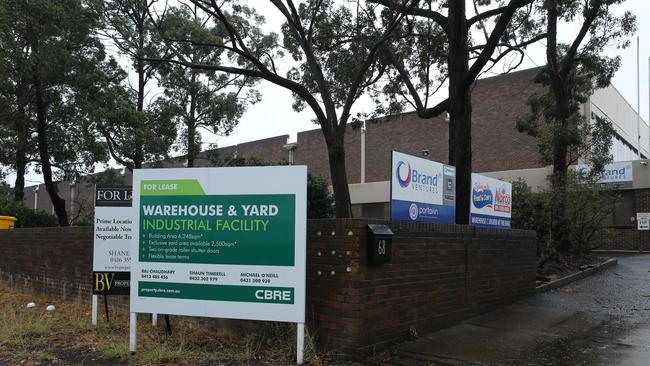
It looked like the deal of the century — or the deal of the half-century, at least.
Chullora in the early 1970s — swathes of cheap land by the Hume Highway and a place where trains went to be repaired, not carry people.
Although located 15km west of Sydney’s CBD, you might as well have been in the middle nowhere. No wonder that during the war it was the perfect home for the secret production of military weapons, plane components, tanks and HE bombs — there was nobody around here to bother you.
And if you couldn’t buy a plot of land in these outer reaches of suburbia, you could always rent and name your terms — which is exactly what McWilliam’s Wines did.
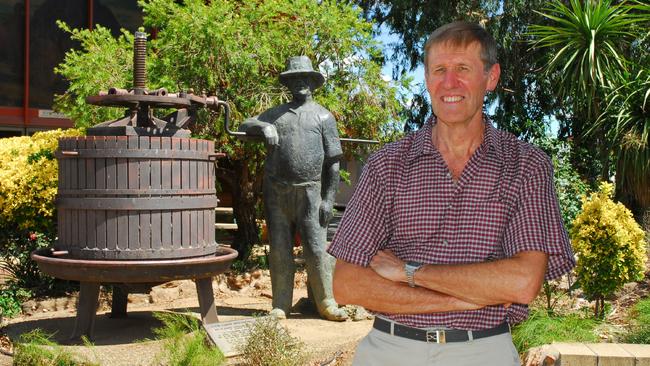
On the fourth of July, 1974, McWilliam’s directors Doug L. McWilliam and D. R. McWilliam signed a 50-year lease for lot 6 in deposited plan 548479, which would later become 68 Anzac St.
The pair agreed to pay 8.5 per cent of the unimproved value of the lots each year, with the site being revalued and the rent readjusted every three years.
In the first year, they paid $52,640 in rent. It seemed like a good deal, with land prices low and tempered.
But little did they know that 46 years later, this lease would be a significant trigger in the 141-year-old company’s collapse.
Last week, the sixth generation of the McWilliams to run the wine producer called in KPMG in effort to sell or recapitalise the company known for producing a range of affordable wines, including $13 flagons of sherry.
Recent estimates value 68 Anzac Street at around $30m, meaning that seemingly great deal McWilliam’s signed in the 1970s now translates to rent just shy of $3m a year, which includes about $300,000 of outgoings. This equates to more than 3 per cent of its annual revenue of $87.5m, according to its latest accounts from 2018.
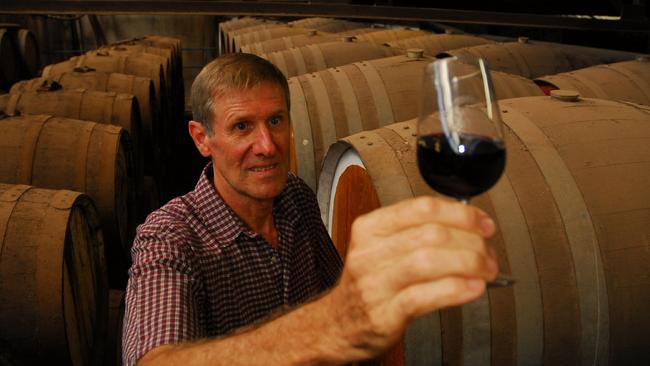
It may not sound like a lot of money. But 12 months ago McWilliam’s was forced to seek a capital injection of $6.2m and the sale of assets after it breached lending covenants, and according to its latest accounts it made an annual loss of $5.8m.
The rent on 68 Anzac Street, Chullora was choking the company.
Land prices have rocketed in Sydney, and Chullora hasn’t missed out, becoming a major industrial hub. It is home to one of Australia Post’s biggest mail processing centres, the press of News Corp (publisher of The Australian), Tip Top Bakeries, Primo Foods — the largest producer of ham, bacon and smallgoods in the Southern Hemisphere — and more. The suburb is awash with semi-trailers taking mail, food and other goods to every part of the country.
Ironically, what it is no longer home to is McWilliam’s warehouse. The company hasn’t used the site since 2017, subletting it instead, stuck with the lease and rent, which continues to soar as the land is revalued every three years.
It is currently listed for lease with multiple agents and has been advertised multiple times in the past three years, including at the start of 2018 when the estate agents described the sublease’s rent as “cheap” in an effort to attract a tenant for McWIlliam’s. When The Weekend Australian visited the site on Friday there were two real estate agent sign boards offering the warehouse for lease.
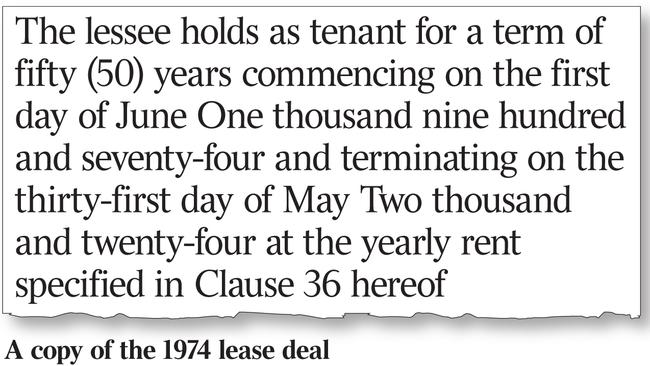
The lease will no doubt be one of the items KPMG’s Gayle Dickerson and her other administrators will attempt to restructure in their talks with McWilliam’s creditors and suppliers as they attempt to save the heritage company.
KPMG declined to comment for this story. Ms Dickerson and her colleagues are preparing for their first creditors meeting on Monday.
But one commercial property expert told The Australian they had never seen a lease like the one the McWilliam’s signed in 1974.

It makes interesting reading. There are quaint clauses such as the “lessee will not carry out any offensive trade” — although it doesn’t stipulate what may cause offence. There might be a clue further down when it states “the lessee shall not install or use … any radio wireless or television receiving or transmitting apparatuses”. There was even a clause banning McWilliam’s from selling newspapers from the site but that was struck out.
However, there are other more onerous conditions, such as stipulating McWilliams spend no less than $1m — or $8.2m when adjusted for inflation — on building structures, fixtures and other improvements by 1976.
Indeed, the current owner, boutique funds manager Pipeclay Lawson, which bought the property from the original landlords, the Scheinberg family, for $15.75m in 2014, says on its website that McWilliam’s has made “considerable improvements to the site, including a red brick warehouse facility with a gross lettable area of 19,910sq m”.
But that won’t matter much to McWilliam’s when the 50-year lease expires in May 2024. Then the “full economic benefit of the improvements will vest” into Pipeclay Lawson’s Chullora Land Trust.
“The trust provides its investors with the unique opportunity to profit from a reversionary interest in a considerable industrial facility which is in a highly desirable, central location in Sydney,” Pipeclay Lawson wrote on its website.
“From acquisition until June 2016 the trust was paying unitholders a net distribution yield of 9.3 per cent. From July to November 2016 the trust paid unitholders a net distribution yield of 11 per cent. From December 2016 the Trust is paying 16.8 per cent. At the time of purchase the Investment Manager was targeting a total return to unitholders of 15 per cent (net of all fees and costs) over an investment term of nine years and six months.”
For now, McWilliam’s is hopeful of a recapitalisation or sale, which could end family ties with the company. Already the administrators are fielding expressions of interest locally and overseas and have committed to the 2020 vintage, which is expected to be more than 20,000 tonnes and has been welcomed by wine growers and McWilliam’s wine appreciators alike.
Just take a walk down an aisle at your local Dan Murphy’s and you’ll see there is still plenty of demand for those $13 flagons.




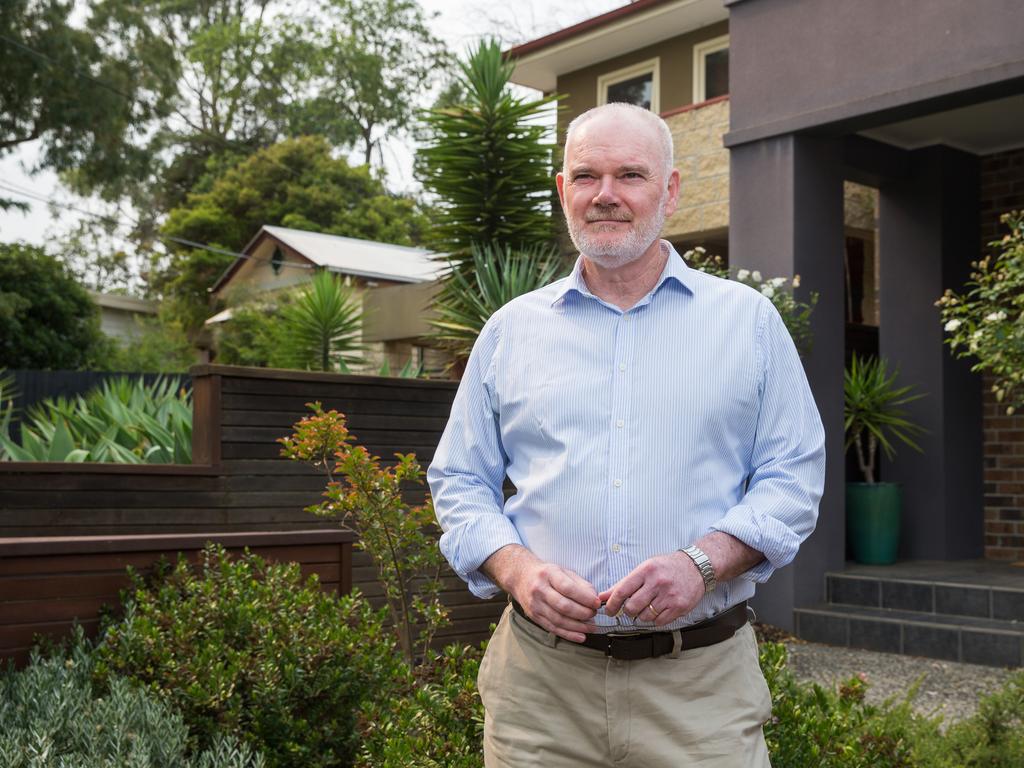

To join the conversation, please log in. Don't have an account? Register
Join the conversation, you are commenting as Logout